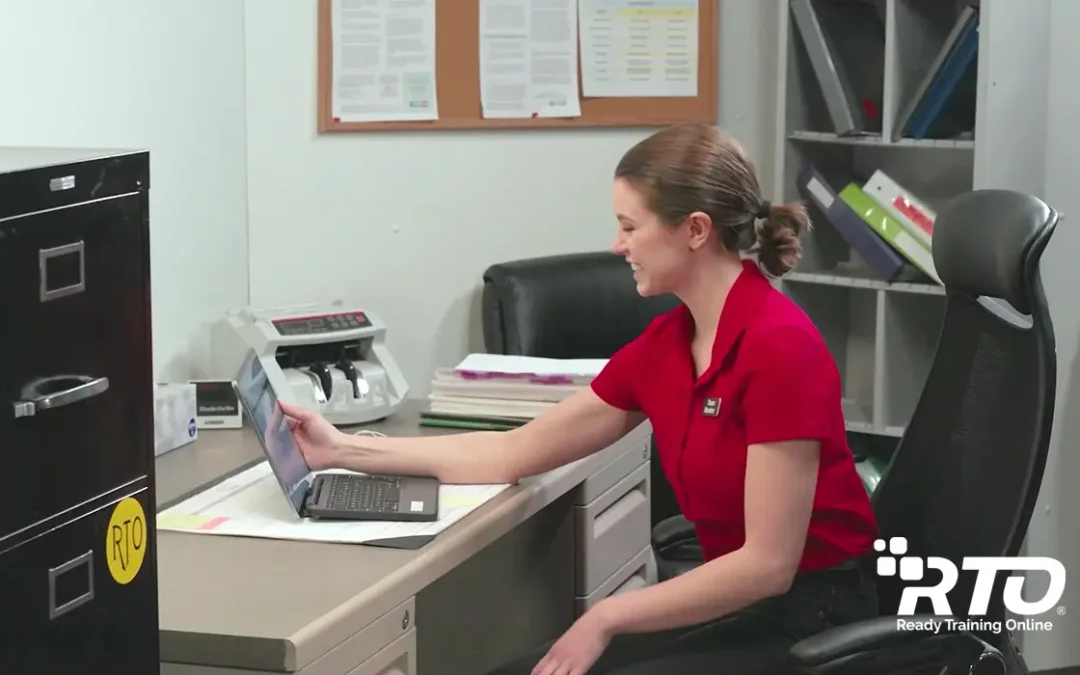We don’t have to tell you — human resources isn’t easy. One of the hardest tasks for managers is terminating employees, but it’s unfortunately a necessary evil in any business. When it becomes clear that firing an employee is the only possible recourse, you owe it to that employee to act decisively. Firings are difficult, but not fatal. In time, as you perfect your hiring abilities, you won’t have to test your firing abilities as much. But until then, here are a few tips to get you through termination meetings quickly and painlessly:
- Be as considerate as you can — think of how you would want to be treated.
- Make the meeting as brief as possible.
- Follow the necessary legal guidelines for firing, including reference to previous written warnings, non-performance of job requirements, etc.
- Do not review old sources of dispute — it will just cause unnecessary conflict.
- Make it clear to the employee that it’s too late for another chance.
- Talk about the person’s performance, not personal characteristics or traits.
Letting the Well-Liked Go
Terminating employees is even harder when the employee is well-liked by the rest of the staff. What do you do to ease the blow?
Be honest. Don’t try to sugar-coat the situation by saying it was “mutual decision” or the employee “needed a break.” The fact is that you let the employee go and everyone knows that. By implying anything differently, you’ll lose credibility with your team.
Be somewhat vague. For legal as well as ethical reasons, respect the employee’s privacy. If you are too specific about the reason for termination with your team, you leave yourself vulnerable for legal action. Slander is a slippery slope you don’t want to slide down. By making someone “unemployable” with your comments, you set yourself up for a steep lawsuit. Instead, tell inquiring team members that it is a private matter between you and the former employee. If you’re pushed for a reason, take the high road: “I’m sure that if you were in their position, you would also appreciate my discretion.”
Be open. Tell your team members you know working without the terminated employee will be a difficult transition. Ask them how you can ease their transition and listen without judgment… if someone wants to tell you how great the person was, don’t interrupt to point out flaws. Instead, tell the team member, “I really value you as an employee and I hope you’ll let me know how I can help you through this.”
Human Resources and the Culture of Convenience
Human Resources/Staffing is a strategic element in building a Culture of Convenience. Leaders who create a culture of convenience are able to streamline tasks and establish processes that make improve employee performance and increase everyone’s productivity. Get weekly ideas on how to make your job easier through the Culture of Convenience podcast. Listen now!





